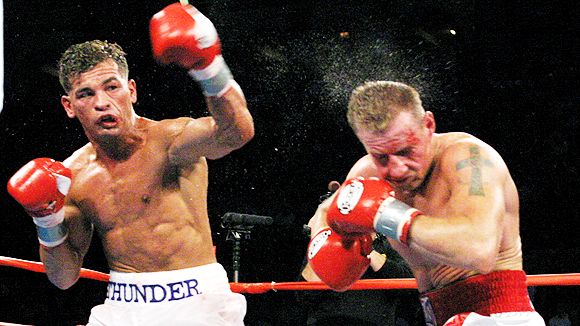The July jobs report, coming so close to the election, had taken on a Delphic quality in the eyes of the many pundits anxiously awaiting it this morning. Politicos are seeking something -- anything -- that might signal which way this election is going to go.
Sorry.
As it happens, the report turned out very much like the rest of the election news and polling numbers we're getting these days: the numbers are just too close to call, but perhaps give a slight edge to Barack Obama.
Both the president and his opponent, Mitt Romney, found some juicy statistics to highlight in the report. On one hand, the 163,000 jobs created exceeded expectations and was the most since February, prompting Alan Krueger, the chairman of the Council of Economic Advisors, to blog today that the report supplies "further evidence that the U.S. economy is continuing to recover from the worst downturn since the Great Depression." Krueger also noted that "private sector" jobs increased by 172,000--sending the double message that Obama is actually shrinking rather than growing government (or at least government jobs) and depending on the "free economy" in exactly the way Romney says has to happen.
On the other hand, the unemployment rate rounded up to 8.3 percent, leading Romney to say that the new report was a "hammer blow" to the middle class, the downtrodden but huge bloc of voters both candidates need to win. The GOP candidate also pointed out that unemployment has remained above 8 percent now for more than three years, a record length of time.
But in this election, it's the trend that's your friend, rather than the absolute numbers. It's likely that the edge in November will go to the candidate who is riding the more positive momentum--which for Obama would mean more strong total job numbers, and for Romney, the opposite. Obama's former economic advisor, Jared Bernstein, blogged hopefully today that the "nice pop" in jobs suggested that "the downshifted trend of the last few months may not be as baked into the cake as we feared."
It's a fair point. For the president, perhaps the most positive number in the report was the one that was least noted: long-term unemployment edged down to 40.7 percent of the unemployed. That's still a depressingly large percentage, among the highest on record and perhaps the best real evidence of how badly the middle class has been hit. But it's also on a fairly steady downward trend from a peak of 45 percent in 2011--the highest rate since the Bureau of Labor Statistics began counting in 1948.
But we have, as yet, at best a split decision.

No comments:
Post a Comment